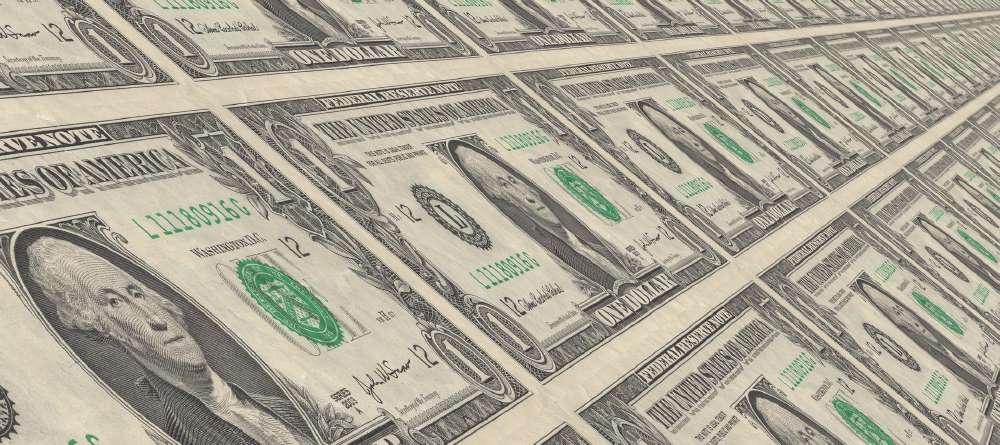The Canadian dollar advanced on Monday as oil prices continued to rally, while US consumer spending declined at the sharpest rate since 2009 and manufacturing activity softened.
The loonie, as the Canadian dollar is known, rose 0.8 percent to 0.7941 US, erasing Friday’s losses. The USD/CAD exchange rate tumbled more than 100 pips to 1.2590. The pair faces initial support at 1.2510 and resistance at 1.2805.
Canada’s currency has declined for ten consecutive weeks against the US dollar, as plunging oil prices and weak fundamentals have weighed on the commodity-sensitive currency. The loonie faced renewed selling pressure two weeks ago when the Bank of Canada unexpectedly reduced its trend-setting interest rate to 0.75 percent and downgraded its economic outlook.
Rising oil prices helped lift the Canadian dollar on Monday. West Texas Intermediate for March delivery rose 1.6 percent to $49.01 a barrel. Global benchmark Brent crude rose more than 2.3 percent to $54.23 a barrel.
In economic data, Canadian manufacturing softened in January, the Royal Bank of Canada reported today. The RBC manufacturing PMI declined from 54.9 percent to 51 percent in January, as overall business conditions improved at the weakest rate since April 2013.
US manufacturing activity cooled again in January, as new orders continued to moderate, the Institute for Supply Management reported today. ISM’s monthly gauge of US manufacturing declined from 55.5 to 53.5. New export orders declined for the first time in 26 months, as only five manufacturing sub-sectors reported growth.
In a separate report the Department of Commerce said household spending declined at the sharpest rate since September 2009, a sign consumers were pinching their pennies toward the end of the holiday season. US personal spending declined 0.3 percent in December following a 0.5 percent advance the month before. However, personal incomes increased 0.3 percent. Combined with cheaper gas prices, higher incomes translated into a 4.9 percent increase in the saving rate.
Monday’s data deluge wrapped up with construction spending, a key indicator of US housing activity. Construction spending rose 0.4 percent in December, well below estimates calling for 0.7 percent. The November rate was revised up to reflect a 0.2 percent drop instead of the 0.3 percent decline reported last month.
The US government will report on factory orders on Tuesday, followed by services PMI and employment data on Wednesday. The United States and Canada will each report on international trade on Thursday.
MKTPlace is a leading digital and social media platform for traders and investors. MKTPlace offers premiere resources for trading and investing education, digital resources for personal finance, news about IoT, AI, Blockchain, Business, market analysis and education resources and guides.












